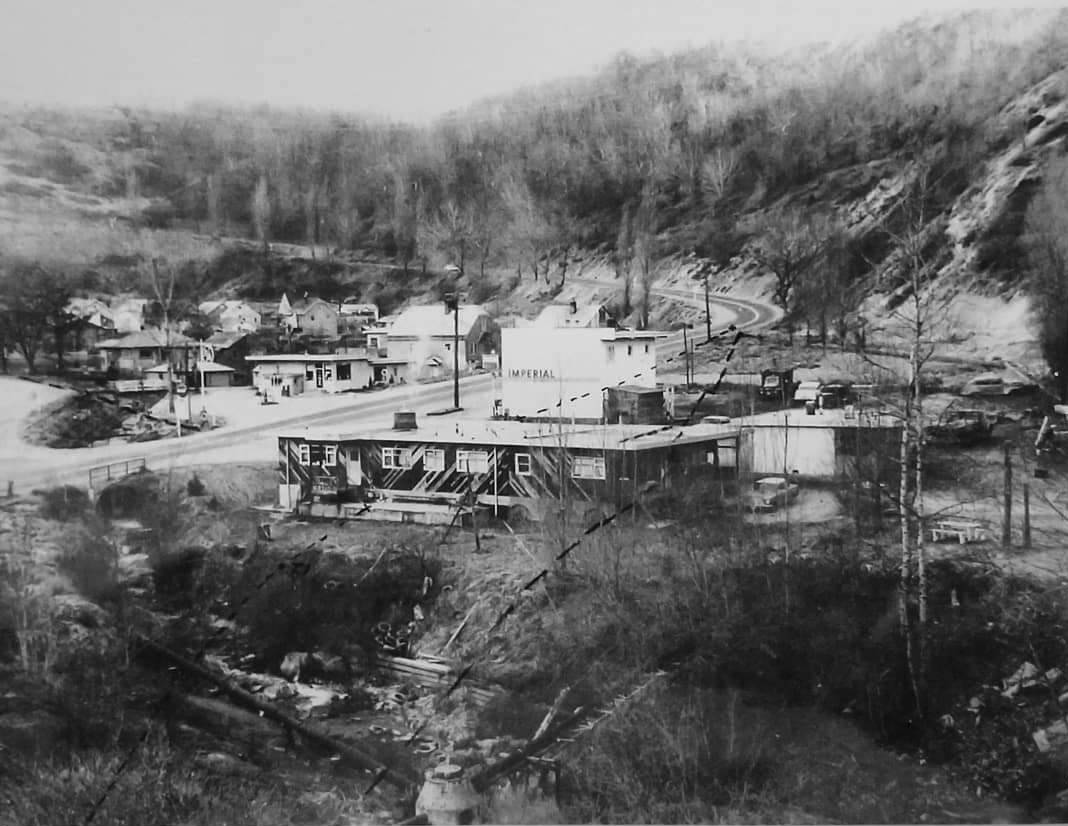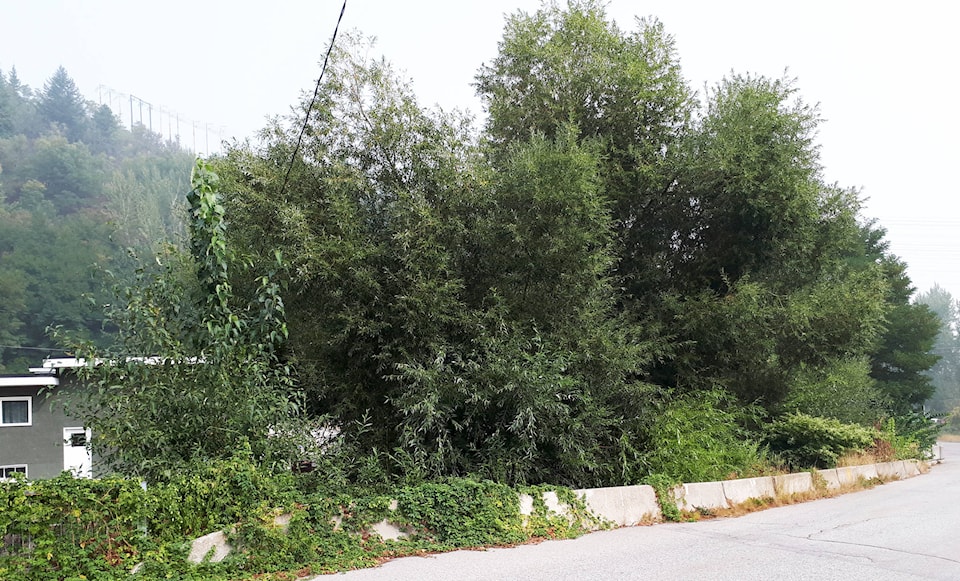Asking to have thick scrub removed from the Silver Street Bridge in Annable is an effort that’s been playing on loop for years, says homeowner Joe Guercio.
“Every year in the spring and early summer I find the brush and trees along the creek, which over grow and block the vision of the entrance to Silver Street,” he told the Times.
In particular, Guercio says the heavy vegetation is causing traffic problems because sight lines are obstructed along Wellington Avenue, which leads to Highway 3B.
Even though he is a seasoned gardener, Guercio can’t take the matter into his own hands because, of course, this is not his property.
And every year he contacts the village to cut it down.
But it’s not that easy, and here’s why.
The thick overgrowth is along a body of water, that being Trail Creek, so the municipality can’t just take a weed-whacker to it.
Guercio says he’s been told the vines and leaves can’t be chopped down because the respective provincial ministry has ruled that vegetation removal could disrupt fish/amphibious life.
So, what is he to do about this ongoing traffic safety issue?
That’s where the invasive species program might come into play as an eventual resolution to his long-standing problem.
Earlier this year, Warfield netted a $14,000 grant from Columbia Basin Trust to start identifying, taking inventory, and developing a removal plan for invasive plant species growing in the village proper.
And, the vegetation on Silver Creek Bridge does appear to be invasive.
“The lantern material on the barriers appears to be Virginia Creeper,” Lila Cresswell, Warfield’s chief administrative officer said.
“Although it is invasive, it is not a worrisome one, more of an annoyance and will lose its leaves very shortly. It doesn’t appear to be a sight line problem. Any tree branches in sight lines will be dealt with by public works staff during the regular autumn boulevard pruning work,” she continued.
“The other one is Japanese knotweed. And it is in the creek bed which makes removal difficult, both because of the creek restrictions and the destruction requirements for the removed plant material.”
The village contracted the Central Kootenay Invasive Species Society (CKISS) to complete an inventory and plan for invasive plants with financial assistance from the Trust grant.
The field work was done over the past several months and the report is expected to be ready for review by December.
“This stand of knotweed was noted in the inventory,” Cresswell confirmed.
“CKISS provided us a contact who does control work with creek edge knotweed and we are currently awaiting a proposal/costing for a pilot project for that area of Trail Creek.”
Cresswell pointed out that invasive plants like knotweed have taken over several West Kootenay communities, which have all committed funding toward ongoing control and education.
“CKISS has some scary info on knotweed,” she said. “And how damaging it is to creek environments and how difficult it is to remove and/or control.”
Knotweed was initially introduced to B.C. for ornamental use, especially for privacy purposes as it grows rapidly and forms dense patches. The plant reproduces through fragmentation, so when small pieces of the plant are moved by mowers, equipment or other vectors it can allow the plant to spread.
The consequences of invasion include disturbances in wetlands, riparian areas and streambanks, causing negative impacts on fish habitat and salmonids.
CKISS advises that chemical control is the only viable treatment option for large infestations, as digging, cutting or mowing knotweed can stimulate an increased spread.
newsroom@trailtimes.ca
Like us on Facebook and follow us on Twitter

